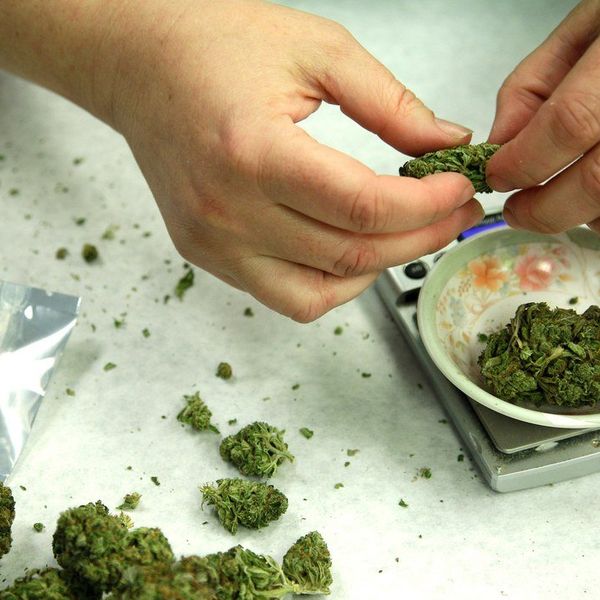In case you didn't know, there are many public health crises that America must tackle head-on. One of those is the consumption of marijuana. No, I'm not about to talk about how it needs to be legalized or why it shouldn't be legalized. I'm here merely to discuss the baggage that this marijuana controversy brings. As a public health major, I find it to be my obligation to help raise awareness about this crisis and why public health professionals and community leaders need to be worried about this as well.
Although there is a lot of hype about marijuana when it comes to the impacts and effects that one may experience, a wide variety of people still chose to partake when it comes to consuming this substance. In 2014, a survey was conducted by the National Institute on Drug Abuse looked at the prevalence rates when it comes to using marijuana. In the past year, about 13.2 percent of people 12 years old or older had consumed marijuana, which was noted to be statistically significant compared to the year before. Continuing with the same time period, 13.1 percent of people that began using the substance were between the ages of 12 or 17. About 31.9 percent of people started using the substance, the ages of these individuals were between 18 and 25 years of age. And lastly for this time period, 10.1 percent of people that began using the substance at the time were 26 years-old or older, which was also considered to be statistically significant from the previous year’s findings.
Referencing the same study, about 8.4 percent of individuals began using the substance at 12 years or older. About 7.4 percent of individuals between the ages of 12 and 17 started to use the substance. For individuals between the ages of 18 and 25, there was a prevalence rate of 19.6 percent and a 6.6 percent prevalence rate was seen in individuals that are 26 years or older. Based on the statistics, prevalence rate tends to increase once an individual reaches the adolescent ages between 16 and 18 years-old (NIDA, 2003). It's really interesting to find out that many of these people had similar experiences or came from similar environments that made them more susceptible to using marijuana.
Believe it or not, there are also risk factors that could lead someone to using marijuana. A few of these risk factors include exhibiting a slight mental illness (anxiety, depression, etc.), the neglect of parents, living in an environment where the majority of residents are of low-socioeconomic status, or have easy access to drugs. Protective factors include one having self-control over usage, anti-drug programs and policies that are heavily enforce that cause a sense of rebellion (NIDA, 2003).
An epidemiological study that was conducted a few years ago which revealed that health disparities do play a really big part in early-onset of usage or the later transition for a user to go from just casually using the substance to developing a dependency for it. A few of these health disparities include being young in age, male, Black or Native American, of low socioeconomic status, having low levels of education, residing in an urban area, using the substance at an early age, using another psychoactive substance previously, or having some sort of mental or psychiatric disorder (Lopez-Quintero et al., 2010).
Marijuana usage continues to result in controversy. I believe that public health professionals, as well as organizations in our communities need to focus on doing adequate research on marijuana in order to bring some direction and credibility to past studies, controversies, and contemporary issues that are surrounding this problem.





















